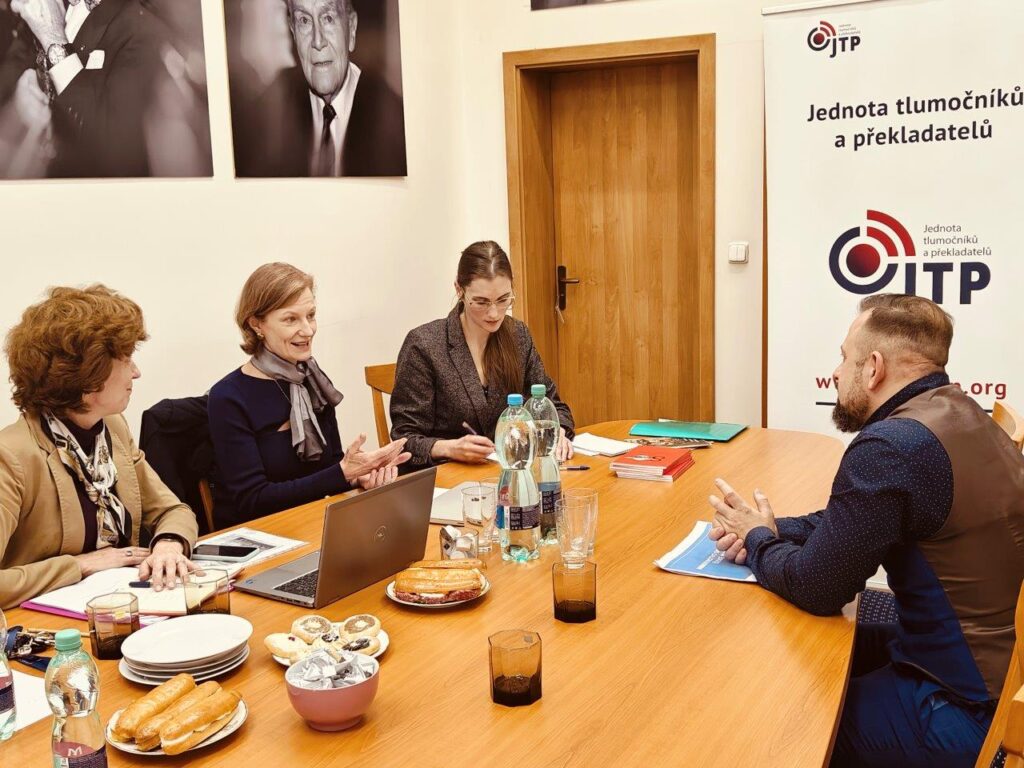Mentoring: an essential tool in changing times
Challenges defined our industry in 2023 and 2024, as the development of new technology tools fuelled a growing sense of uncertainty. Both machine translation (MT) and artificial intelligence (AI) are here to stay, according to the 2023 and 2024 Nimdzi 100 rankings, which showed that MT and postediting accounted for 74.21% of the market in
Mentoring: an essential tool in changing times Read More »

